- Home
- slideshows
- miscellaneous
- How to manage symptoms of a common cold and what you need to do it
How to manage symptoms of a common cold and what you need to do it
Get plenty of rest

Drink lots of fluids

Congestion, mild fever, and fatigue make it very easy to become dehydrated, which leads to feeling even worse. Downing plenty of fluids will keep you comfortable, and possibly help your immune system function better. That doesn't mean you should pour yourself alcohol, coffee, or soda, however. It's best to stick with water, small cups of juice, iced or hot tea, or other beverages that are easy on your stomach.
Run a humidifier
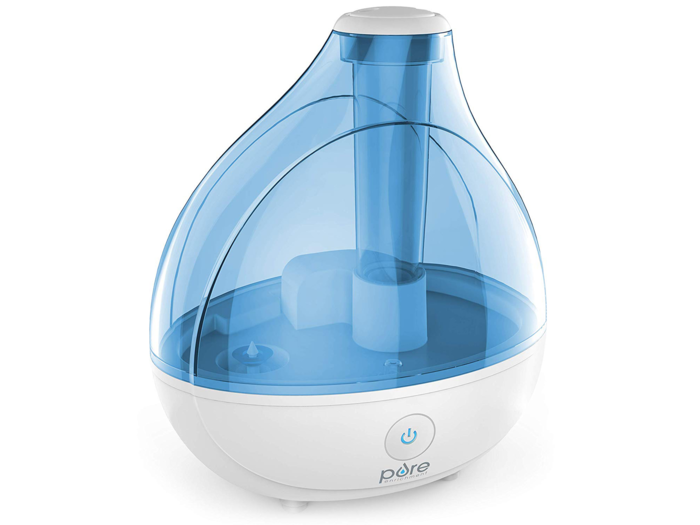
While you can catch a cold any time of year, they are more common during the winter, when the air tends to be dryer. That makes your scratchy throat and congestion even worse. Add some moisture to the air with a cool-mist humidifier like the excellent ultrasonic model from Pure Enrichment, which is our top pick for the best humidifiers. You'll breathe just a little easier, and feel a whole lot better.
By the Pure Enrichment MistAire Ultrasonic Cool Mist Humidifier on Amazon for $39.99Take zinc
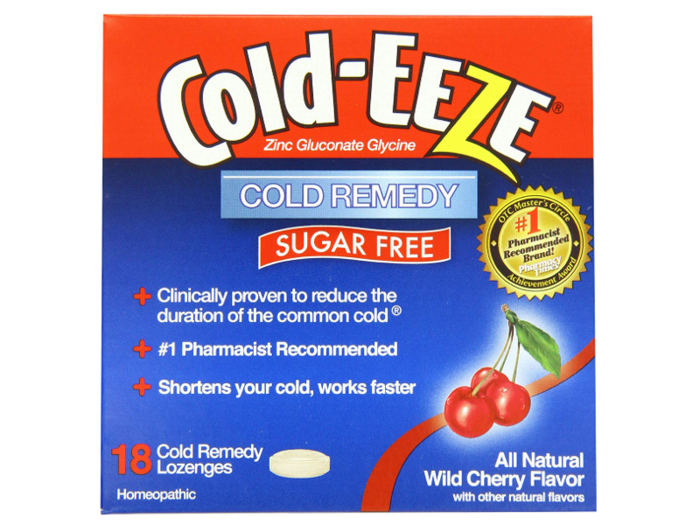
While results are not entirely conclusive, several studies have shown that taking zinc lozenges within the first day or two of cold symptoms can help shorten the duration of your illness by a day or more. Many people swear by Cold-Eeze lozenges to help ease the discomfort of a sore throat and cough while providing a reasonably tasty dose of zinc.
Buy an 18-Count of Sugar Free Wild Cherry Cold-Eeze Cold Remedy Lozenges for $10 from AmazonRelieve nasal congestion
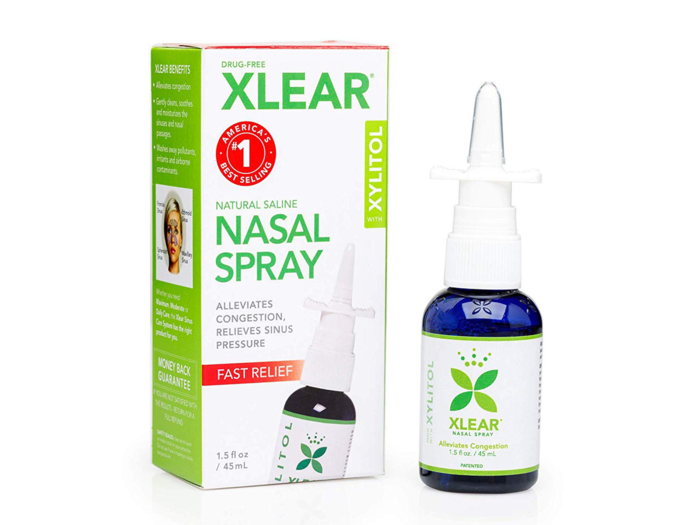
A stuffy, runny nose is one of the primary symptoms of a cold and also the one likeliest to linger. While there are over-the-counter nasal decongestants that help shrink swollen nasal tissue, such as Mucinex Sinus-Max, these medications aren't recommended for those with high blood pressure, heart disease, diabetes, or thyroid disease, among other conditions. A safe-for-everyone alternative is a saline nasal spray like XLEAR Nasal Spray.
Buy the Mucinex Sinus-Max Full Force Nasal Decongestant Spray for $8.99 from Target Buy the XLEAR Nasal Spray for $9.99 from AmazonSoothe a sore throat
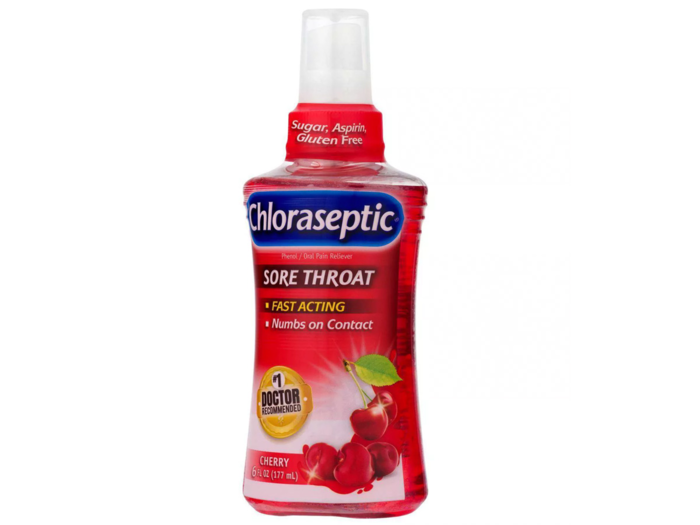
For most people, a scratchy and sore throat is the first cold symptom to strike. While the throat pain often eases up after the first day or so, you can make yourself far more comfortable by trying a saltwater gargle (dissolve ½-teaspoon of salt in a full glass of water), sucking on ice chips or throat lozenges, or reaching for an over-the-counter throat reliever like Chloraseptic to minimize the aches and scratchiness.
Buy the Chloraseptic Sore Throat Pain Relief Spray for $8.79 from WalgreensTreat your aches and pains
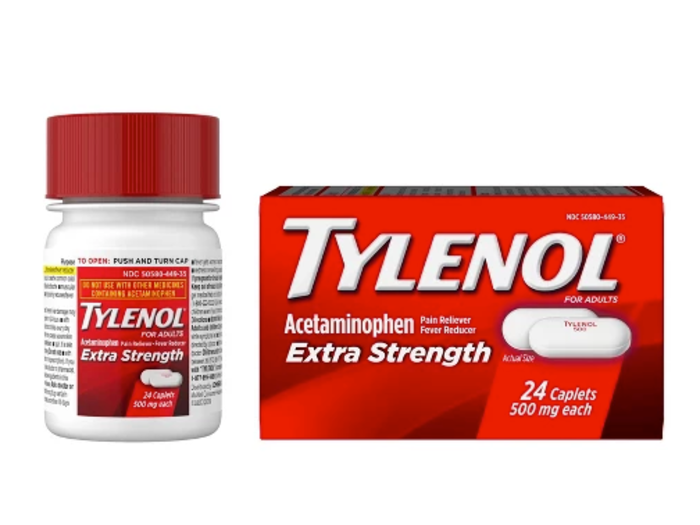
While a cold doesn't bring about the severe headache, high fever, and body pains of the flu, it can make you feel mildly achy and sore. Over-the-counter pain relievers like Aleve, Tylenol, and Advil are all very effective at reducing the discomfort.
Buy a 24-Count of Aleve Pain Reliever & Fever Reducer Caplets for $3.99 from Target Buy a 225-Count of Tylenol Extra Strength Pain Reliever and Fever Reducer Caplets for $14.99 from Target Buy a 200-Count of Advil Pain Reliever/Fever Reducer Tablets for $13.99 from TargetTry honey

While there's no hard-and-fast evidence that it works to boost the immune system, many people do find that a spoonful of honey is an excellent way to quiet a cough and soothe a sore throat.
Call for help

The typical cold doesn't require medical care beyond the tips given above. You'll generally be back to your normal self within a week or so. However, there are some symptoms that call for a professional's guidance. Give your doctor a call if:
- Your fever rises above 103 degrees
- Your clear or white nasal drainage turns green or yellow
- You start to feel chest pain or have difficulty breathing, wheezing, or shortness of breath
- Your cough is very severe and you are bringing up colored phlegm
- Your throat hurts so badly you cannot eat or drink
- Your cold isn't gone after two weeks
Popular Right Now
Popular Keywords
Advertisement